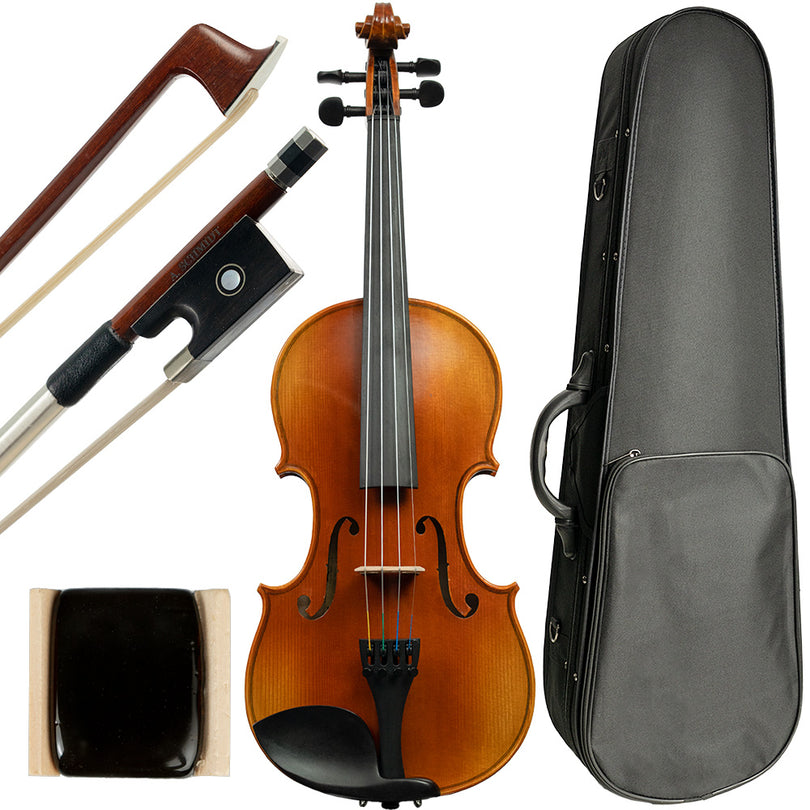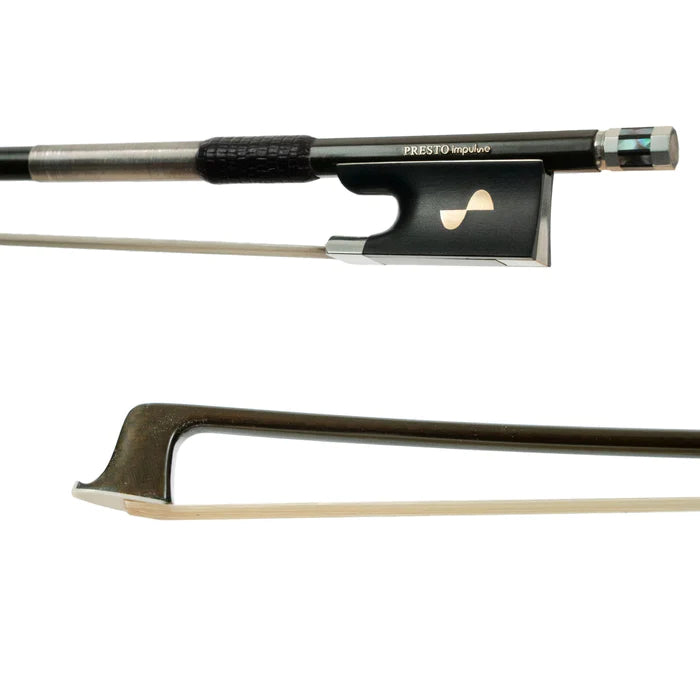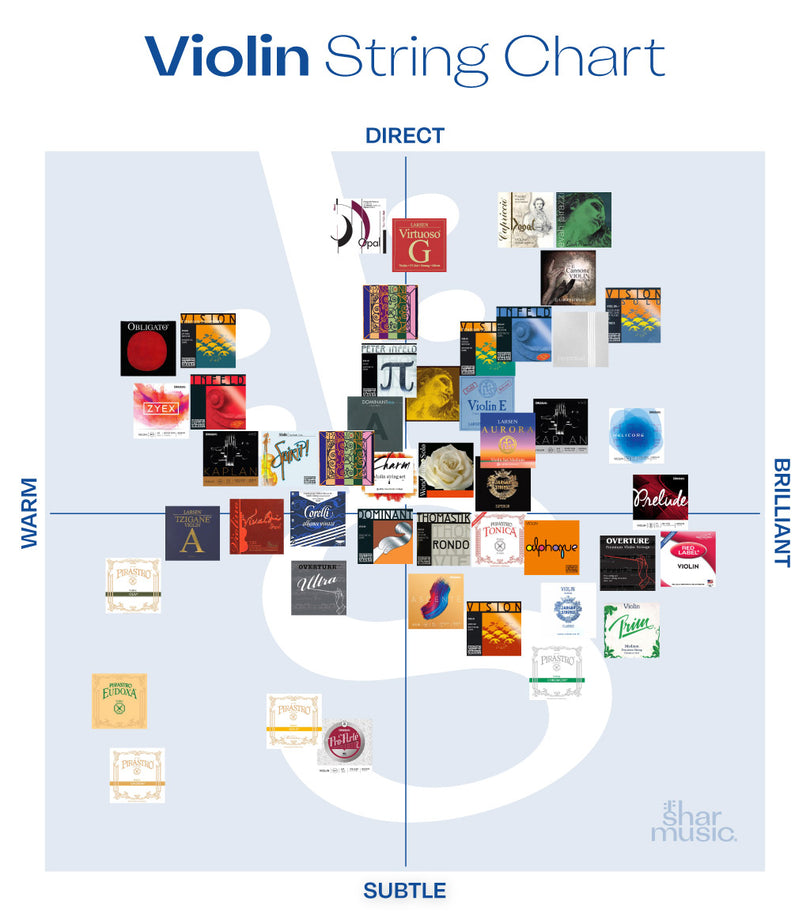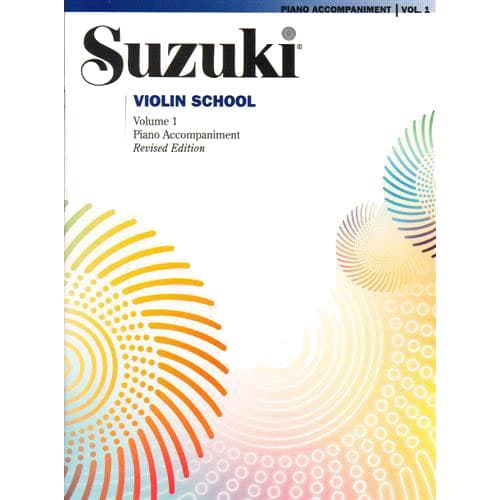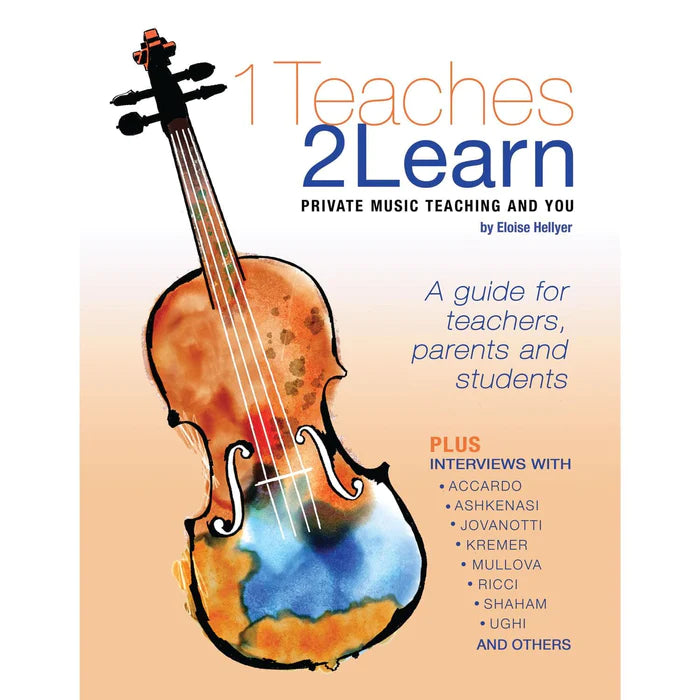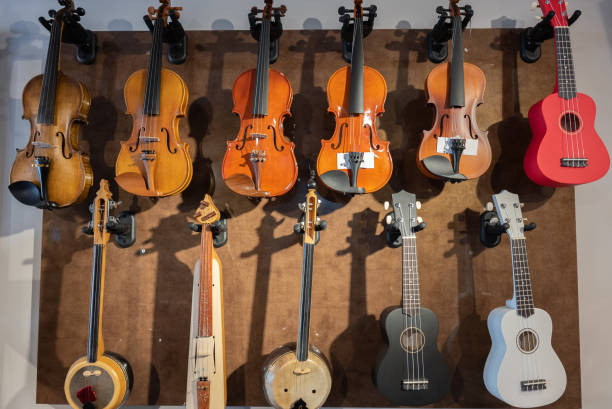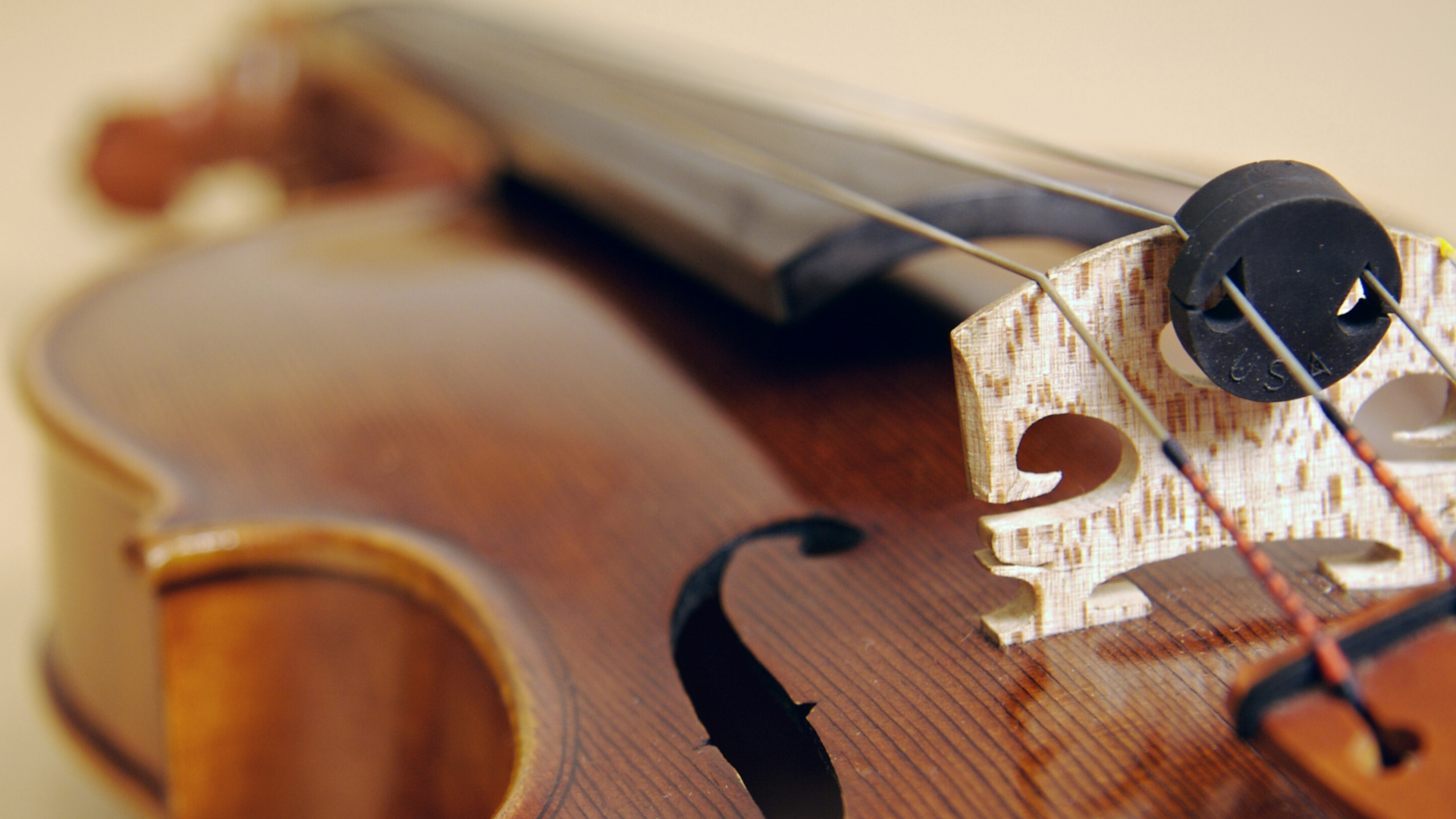We all know that the violin family of instruments — that is, violin, viola, cello, and double bass — is most closely associated with classical music. It makes sense: one virtually defines the other, after all! Yet bowed string instruments have worked their way into nearly every corner of music around the world, with the advent of the electric violin in particular allowing for the violin family's entry into modernity.
Bowed strings don't figure prominently into the first two decades of rock & roll, but there are exceptions to that rule. As I mentioned in a previous blog article on blues fiddle, rock & roll pioneer Bo Diddley started his musical career as a church violinist in Chicago, and did some admirable string-sawing on his early b-side 'The Clock Strikes Twelve'. Meanwhile, in the American southwest, Duane Eddy, working with legendary songwriter and producer Lee Hazlewood, gave first and last word to a mournful, descending cello line on the slow-burn instrumental classic 'The Desert Rat'.
[Fun side note: 'The Desert Rat' served as a theme song for legendary 1960s Cleveland horror host Ghoulardi, who was bigger than the Beatles in Cleveland metro area through the mid-1960s. Under his birth name of Ernie Anderson, the man who played Ghoulardi went on to become "the voice of ABC" in the 1970s-90s, serving as the announcer for both The Love Boat and America's Funniest Home Videos. In between these two stages of his career, Anderson also sired a son, whose fame would eclipse his own: lauded filmmaker Paul Thomas Anderson! But surely we digress.]
Despite these notable exceptions, guitar has long ruled the rock & roll roost, its easy functionality as both rhythm and lead instrument serving to make it symbolic of the genre. This was, after all, a music of and for the people; conservatories were out, and juke joints were in. The barrier to entry was low by design.
By the late 1960s, though, rock had become the most prominent force in popular music. Both the British Invasion and west coast psychedelia had begun to dip into a broader palette of influences, showing that there was room for grown-ups, college types, and yes, even classically trained musicians in the rock & roll fold.
On their first couple records, the Velvet Underground counted among their ranks the classically trained electric violist John Cale, who has spent much of his career since oscillating between acclaimed rock/pop ventures and collaborating with high-minded minimalist heavyweights like La Monte Young and Terry Riley. The Velvets, along with others like Frank Zappa, opened the floodgates for a new breed of rock musician, one with ears wide open to classical, jazz, and the new compositions of Riley, Edgard Varese, Karlheinz Stockhausen, et al. Suddenly, classical chops could be part of the game.
Guitar and keyboards were still the primary vectors for virtuosic flash in what came to be called progressive rock (or "prog rock" for short), but more than any time before or since, the violin family was a welcome element. What follows are a few examples. If you'd like to listen to them like a mixtape, we've made a handy YouTube playlist to do just that!
Curved Air, 'Stretch'
From Airconditioning (1970)
King Crimson, 'Larks' Tongues In Aspic (Part II)'
From Larks' Tongues In Aspic (1973)
Guitar heroes don't come much more high minded than King Crimson's Robert Fripp, nor more restless: Larks' Tongues In Aspic, the band's fifth album, also featured the band's fifth lineup, with Fripp being the only original member!
For Larks' Tongues In Aspic, one of the musicians Fripp recruited was violinist David Cross (not to be confused with the comedian and Arrested Development cast member of the same name), who helped take the band in a direction inspired by both UK free improvisers like Derek Bailey and Hungarian composer Béla Bartók. This version of King Crimson still sounded like a rock band, but one of the tightest, most adventurous rock bands of their time. The album is bookended by the two parts of its titular suite, which moves from pensive quietude to math-metal bombast on a dime.
Roxy Music, 'Out of the Blue'
From Country Life (1974)
His longest stint, though, was with campy art-glam pioneers Roxy Music, more or less filling the sonic space left empty when Brian Eno left the band in 1973. The studio version of this song is great, but we selected this video because it shows off one of Jobson's signature transparent electric violins!
Kansas, 'Can I Tell You'
From Kansas (1974)
In the 1970s, Kansas were one of the biggest bands in American prog, scoring huge and durable hits with 'Carry on My Wayward Son' and 'Dust in the Wind'. They were also the most popular progressive band to prominently feature a violinist. Group cofounder Robby Steinhardt drew more from bluegrass and country than from the classical influences favored by other prog bands, a distinction which did as much to make the band stand out as their complex rhythms and soaring melodies.
High Tide, 'Death Warmed Up'
From Sea Shanties (1969)
One of the more obscure groups on this list, High Tide were one of the first UK bands to combine the proto-metal oomph of Black Sabbath with progressive time signature shifts and dynamics. Violinist/keyboardist Simon House was instrumental in accomplishing this alchemy, as you can hear on this extended cut from their debut album Sea Shanties.
Hawkwind, 'Hassan I Sabbah'
From Quark, Strangeness and Charm (1977)
The aforementioned Simon House left High Tide in the mid-1970s to join this already-notorious space rock band (who had previously featured the bass and occasional vocal stylings of one Lemmy Kilmister, who'd go on to form the legendary heavy power trio Mötörhead after being unceremoniously ousted from Hawkwind). House brought with him a level of musicality previously unknown to the band, and helped them incorporate eastern modalities they hadn't really attempted prior.
FM, 'Dialing For Dharma'
From Black Noise (1977)
While many prog bands de-emphasized the guitar, Canadian duo FM eschewed them entirely, favoring synthesizers and, yes, electric violin played by the eccentric Jeff Plewman, AKA Nash the Slash (who also recorded a number of intriguing solo albums in the 1980s).
Van Der Graaf, 'The Sphinx in the Face'
From The Quiet Zone/The Pleasure Dome (1977)
The violin was not a constant presence in this cult favorite UK band (whose name was shortened from the original Van Der Graaf Generator for this and their following album), but when saxophonist/flutist David Jackson left, they decided to replace him with violinist Graham Smith (formerly of the group String Driven Thing), altering their sound considerably. Van Der Graaf's lead songwriter Peter Hammill tends to bristle at the term "progressive rock" and its implications, but there's not really a better word for the band's combination of jazz, classical, and chaos.
McKendree Spring, 'God Bless The Conspiracy'
This prog/folk-rock combo from New York state were unusual not just for their inclusion of violin and viola (courtesy of the late Dr. Michael Dreyfuss), but also for the fact that their records bounced between folky singer-songwriter numbers and wild, noisy experimentalism. This track definitely leans into the latter impulse, mostly given over to a wildly experimental violin/viola/electronics solo by Dreyfuss which would fit in more at an adventurous conservatory (or perhaps in SHAR's hometown of Ann Arbor in the 1960s, at one of the "happenings" hosted by the ONCE festival) than on a rock record. It's out there stuff and definitely not for everyone, but it's included here for how far it pushes the boundaries of what one does on a string instrument.
Henry Cow, 'Ruins'
From Unrest (1974)
One more exceptionally wild track, from an even stranger band than McKendree Spring. In fact, Henry Cow is perhaps the most adventurous band on this list — they make Frank Zappa look reined in by comparison — which might translate to some ears as "difficult listening". That said, modern classical fans should find something to like in this epic-length cut from their 1974 effort Ruins. De facto bandleader Fred Frith sets down his guitar to spin some moody violin lines, and while he has said since that he doesn't think much of his playing on this track, it has an undeniable ragged charm. Henry Cow weren't a major commercial prospect in their day, but they did some heavy lifting to move rock & roll in exciting new directions.

